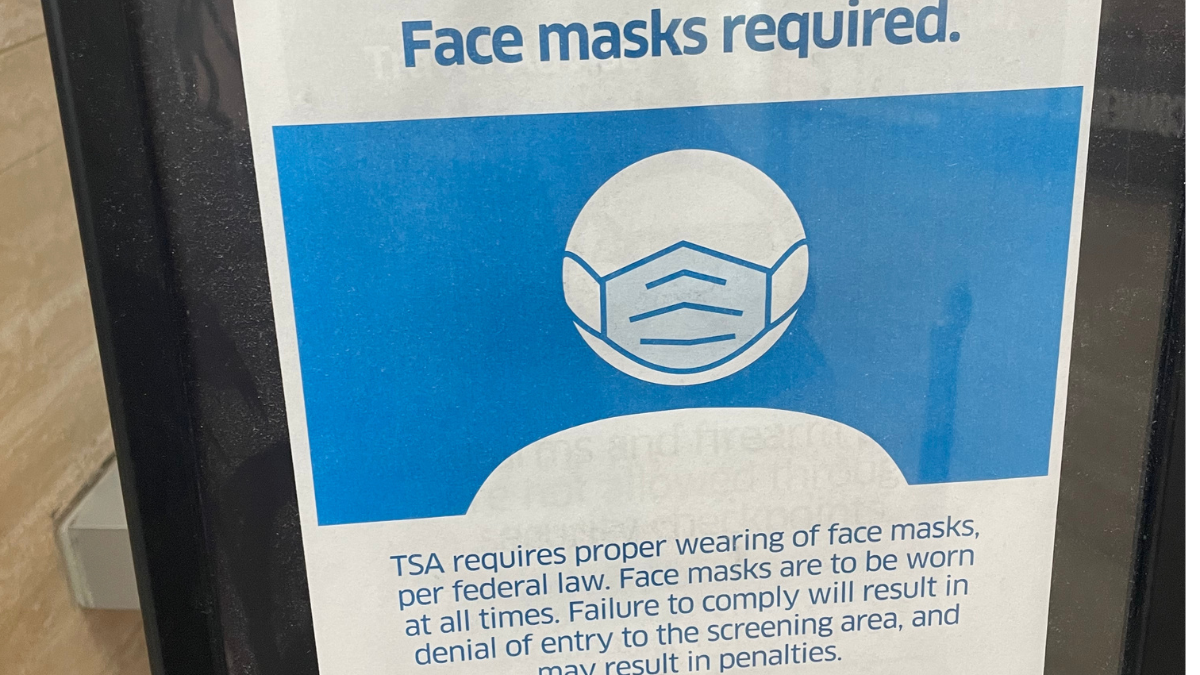
One of the joys of fall for many Americans is the start of the college football season, the raucous crowds paying homage to the gridiron. While many people believed the pandemic would alter this football season, very few thought the conversation would ever progress to skipping the season altogether. Unfortunately, recent reports suggest multiple college football conferences have postponed the start of the season and are debating whether to play at all this year.
Much of the recent worry relates to the risk to athletes themselves. The coronavirus that has raged through the nation is widely regarded as deadly to the old and infirm but relatively mild in the young and healthy. This, in part, is why the National Basketball Association and Major League Baseball have decided to play games without fans. But recent reports indicating the coronavirus might cause heart damage are apparently weighing heavily on decision-makers of college athletics.
Holes in the Data
The only problem is that the actual medical evidence for heart damage is almost entirely speculative and based on anecdotes, flimsy case reports, and very bad data. As the epidemic took off in major metropolitan centers in America, the number of acute heart attacks showing up in hospitals was cut in half.

While excess mortality from cardiac causes is clearly seen in states with large epidemics, and some believe this could mean patients are dying of cardiac causes at home, it’s just as easy to posit that this spike relates to sloppiness in how we code cardiac causes of death (40 percent of labeled cardiac death might be misreported) or that this represents people without COVID-19 having events at home because they were scared to seek medical care.
What happens to patients hearts within hospitals is more certain. Data shows that many patients admitted with COVID-19 manifest some amount of heart muscle injury. In isolation, this seemingly alarming finding should not cause much concern because most very sick patients in hospitals, regardless of the cause, also demonstrate some myocardial injury. The important point is that only a small minority of hospitalized patients manifest significant injury to the heart muscle.
The accumulating data does show that the sicker patients are, the more myocardial injury they have. While people looking for jazzy headlines might conclude that severe COVID-19 infections could be causing severe heart damage, the more responsible conclusion is that heart injury correlates with coronavirus and bad outcomes, but doesn’t demonstrate that COVID-19 causes heart injury.
What to Make of the Study?
We don’t need sterling, iron-clad proof of medical causation when there is overwhelming circumstantial or experiential evidence, but in this case, efforts to find a causal link between coronavirus and the heart have been wholly unimpressive. Despite the overabundance of a particular gateway protein on the surface of myocardial cells for which the coronavirus is believed to have an affinity, no studies to date have been able to establish a direct mechanism of cardiac cell injury by the virus.
So what to make of all the anxiety-causing case reports of myocarditis caused by COVID-19? Unfortunately, examination of many of these cases reveals no definite link between the coronavirus and the myocardial inflammation or injury found. In a world before the pandemic, proof of myocarditis required definitive biopsies of heart tissue with evidence of cardiac cell death in a specific pattern, but now, even published case reports of “COVID-myocarditis” that actually took the trouble to do a heart biopsy showed nonspecific inflammation, no cell death, and, importantly, no virus inside cardiac cells.
It turns out the diagnosis of myocarditis today is mostly made with supportive imaging features found on cardiac MRI that purport to demonstrate inflammation and fibrosis in the heart. This forms the premise of a German study that sought to examine the effects of COVID-19 on the heart by performing cardiac MRIs on 100 recently recovered coronavirus patients. The study concluded a whopping 78 percent of patients demonstrated abnormalities in their heart, and it was reportedly a factor in college football conferences postponing the start of the season.
An Extremely Low Risk
The paper began to unravel almost immediately after publication, however. A cardiologist team in Britain noted significant irregularities in the reporting of the results, so implausible as to bring the integrity of the entire paper into question. Even if the paper’s results were to be taken at face value, the study showed 16 percent of patients who had never been infected with the coronavirus might have inflammation noted on cardiac MRI. The authors also found evidence of fibrosis in some patients, though again, almost 20 percent of a control population that had no prior COVID-19 infection were also found to be abnormal.
When one-fifth of normal patients are found abnormal by a test, the test is likely flawed. In this case, the finding of fibrosis seems ominous, but the same finding is also reported in completely asymptomatic endurance-exercise athletes. Even if it were to turn out that certain findings on an MRI increased the risk of a bad cardiac event by a factor of two, the very low baseline risk of cardiac death in elite athletes would make this increase in risk irrelevant. The current risk of sudden cardiac death in athletes is ~ 1/40,000. Increasing the risk of death to 1/20,000 would hardly be grounds not to participate in athletic activity.
Myocarditis is a dangerous disease that does afflict rare, unlucky individuals every year. Some of these people happen to be athletes, but almost five months after the pandemic started in America, there continues to be scant credible evidence that COVID-19 has unleashed a tsunami of broken hearts. There might be many reasons to delay college football in the year of the pandemic. Cardiologists shouldn’t be one of those reasons.









